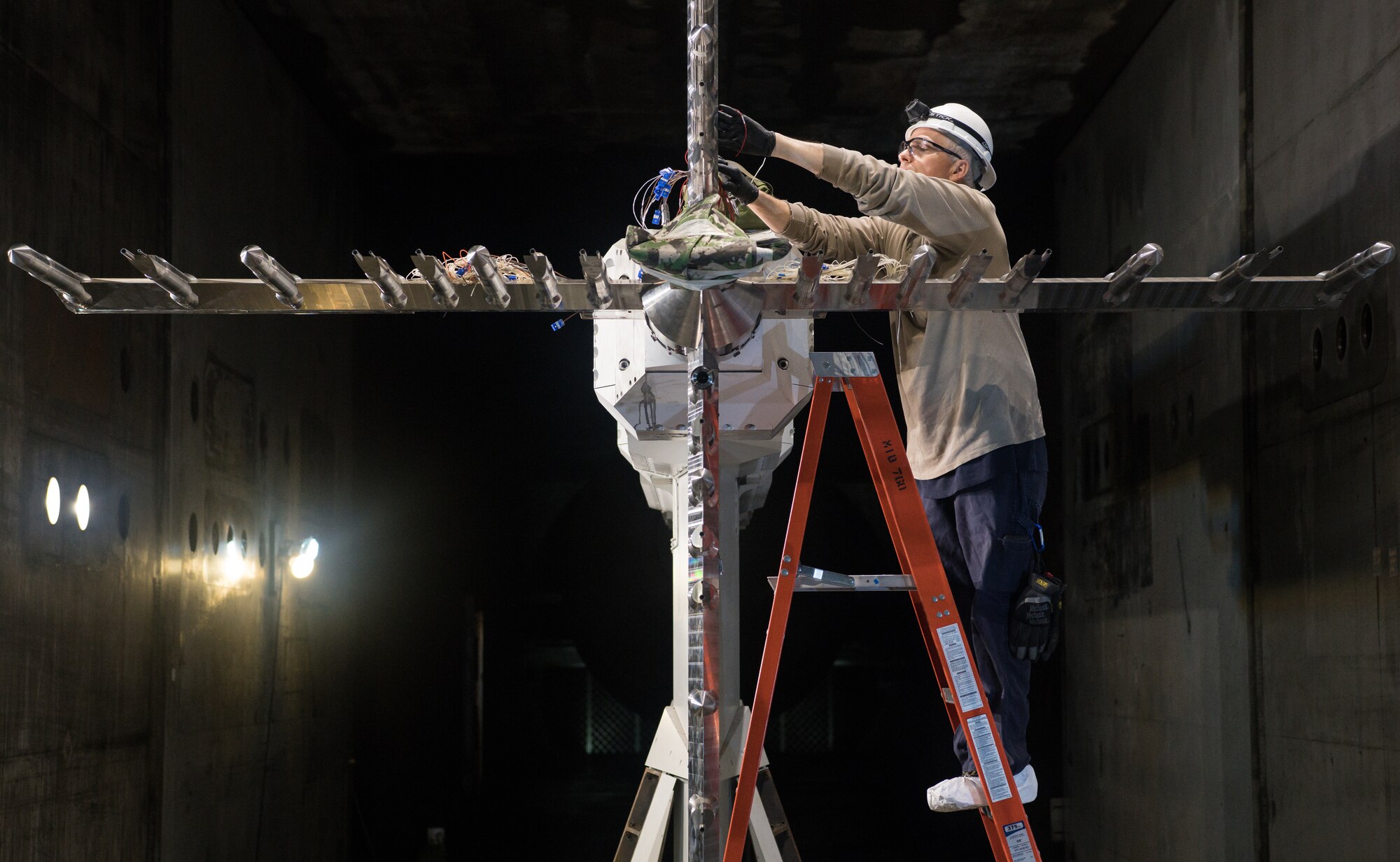
In the rapidly evolving landscape of modern warfare, countries are constantly pressed to develop weapon systems that address new threats and challenges. This dynamic process requires innovation, strategic planning, and significant investment. In this blog post, we’ll explore how nations build weapon systems suited for contemporary battlefields, balancing between cutting-edge technology and strategic utility.
Understanding Weapon Systems Development Process
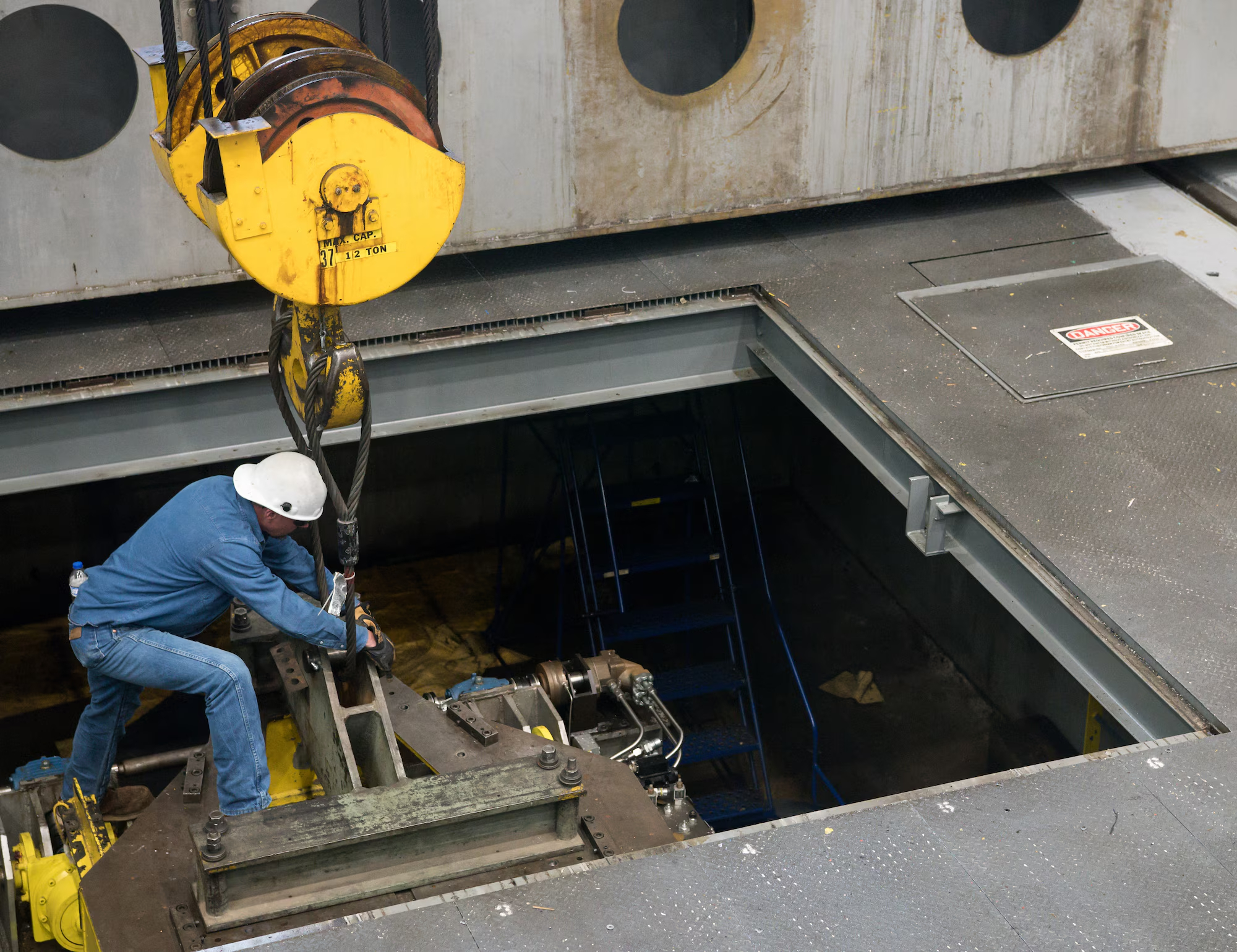
The development of modern weapon systems often starts with the identification of military needs, driven by changes in the global security environment, advancements in enemy capabilities, and shifts in warfare tactics. Governments and defense departments collaborate closely with researchers, engineers, and the defense industry to outline requirements for new systems that can effectively counter potential threats.
Technology Plays a Critical Role in this Process
Countries invest heavily in research and development (R&D) to integrate the latest technologies, such as artificial intelligence (AI), robotics, and cyber capabilities, into their defense arsenal. This constant innovation ensures that weapon systems are not only highly effective but also adaptable to future advancements.
Collaborations and Alliances are Another Key Aspect
Many nations work together, sharing technologies, knowledge, and resources, to develop sophisticated weapon systems. These partnerships enhance the capabilities of the participating countries and contribute to the standardization of defense technologies across allies.
Sustainability and Modernization
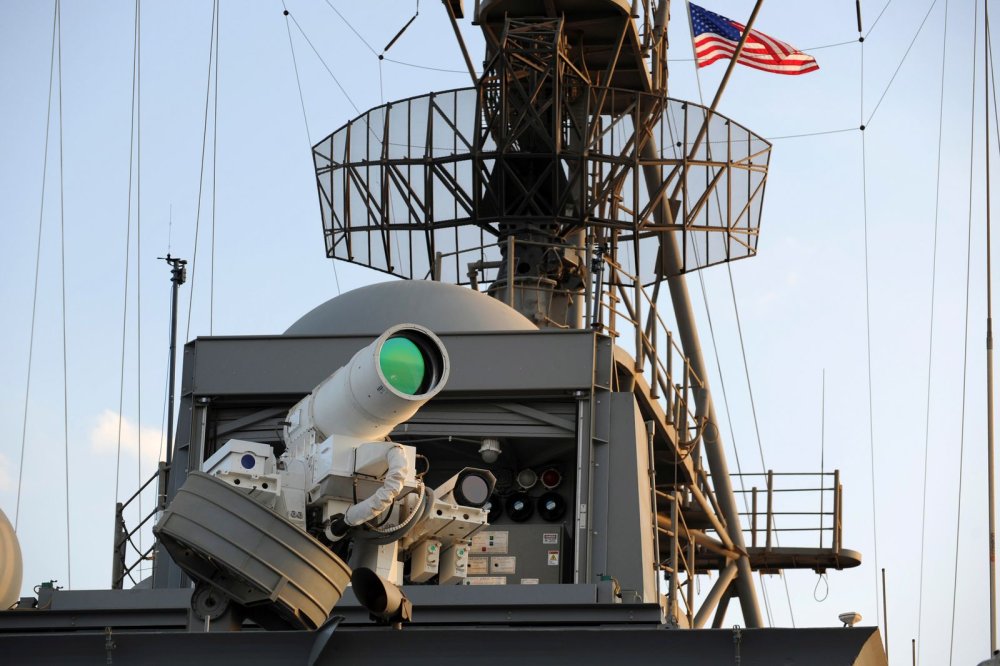
Adapting existing weapon platforms to modern warfare needs is also a crucial strategy. By upgrading and modernizing current systems, countries can extend the service life of their arsenal while incorporating new technologies. Moreover, this approach offers a cost-effective alternative to developing entirely new weapons platforms from scratch.
Training and Integration
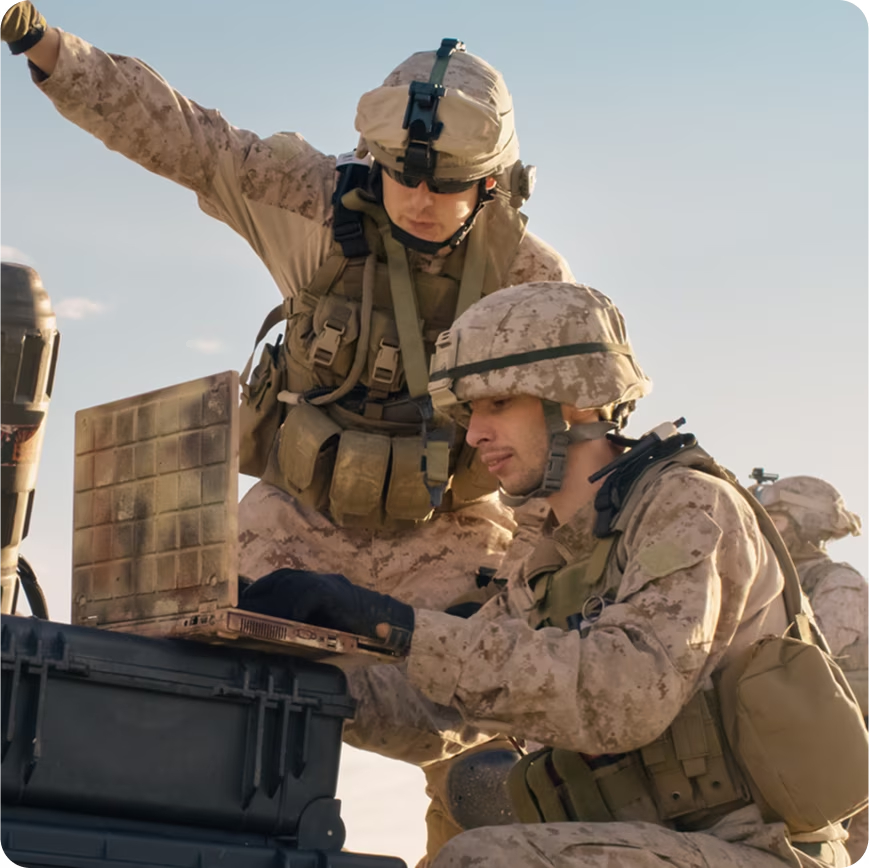
Finally, the human element cannot be overlooked. Training military personnel to operate these advanced systems is just as important as the technology itself. Simulators, virtual reality (VR), and other training tools are employed to prepare soldiers for the complexities of modern warfare, ensuring that they can also effectively utilize their equipment on the battlefield.
FAQs
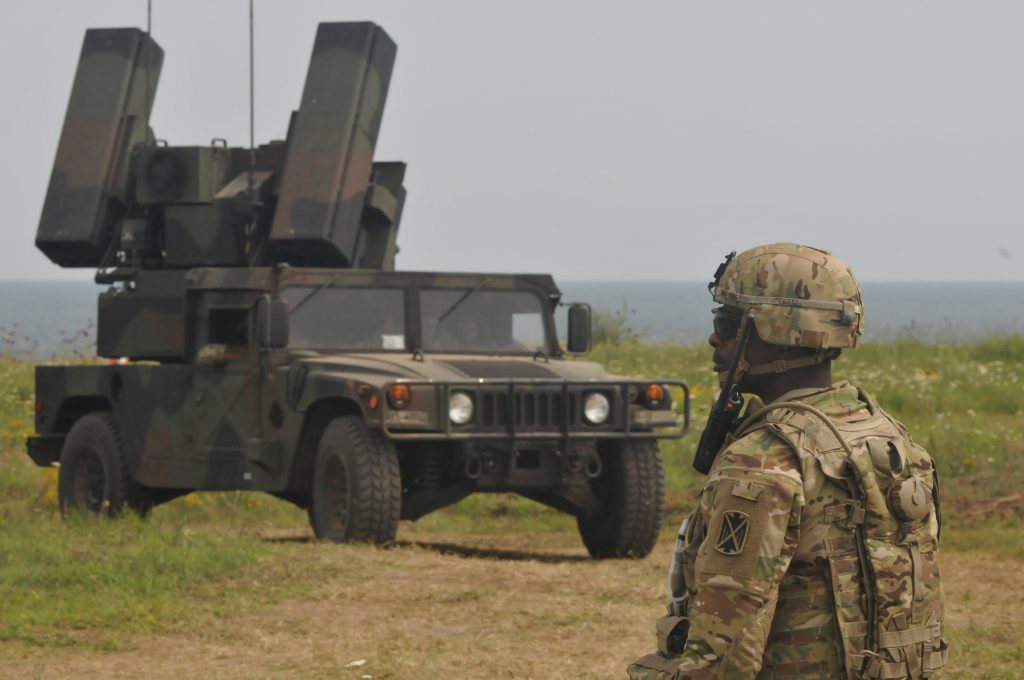
How long does it take to develop a new weapon system?
The development time can vary widely, from a few years for smaller systems to decades for large-scale projects like aircraft carriers or advanced fighter jets.
What role does AI play in modern weapon systems?
AI is increasingly central, enabling autonomous functions, enhancing decision-making, and improving the precision as well as efficiency of weapon systems.
Are cyber capabilities considered weapon systems?
Yes, in modern warfare, cyber tools and capabilities are considered essential components of a country’s defense arsenal, used both for defense and offense in the digital battlefield.
By synthesizing advanced technologies, strategic collaborations, and comprehensive training, countries are continuously refining their approach to developing weapon systems for modern warfare. This complex puzzle also requires foresight, flexibility, and a commitment to innovation to maintain a competitive edge in an unpredictable global security landscape.
Stay Updated with Fifty50 Official
Don’t miss the latest! Follow Fifty50 Official for news, movies, guns, and more. Stay informed and ahead of the curve.
Check out Fifty50 Official now!

Recent Comments